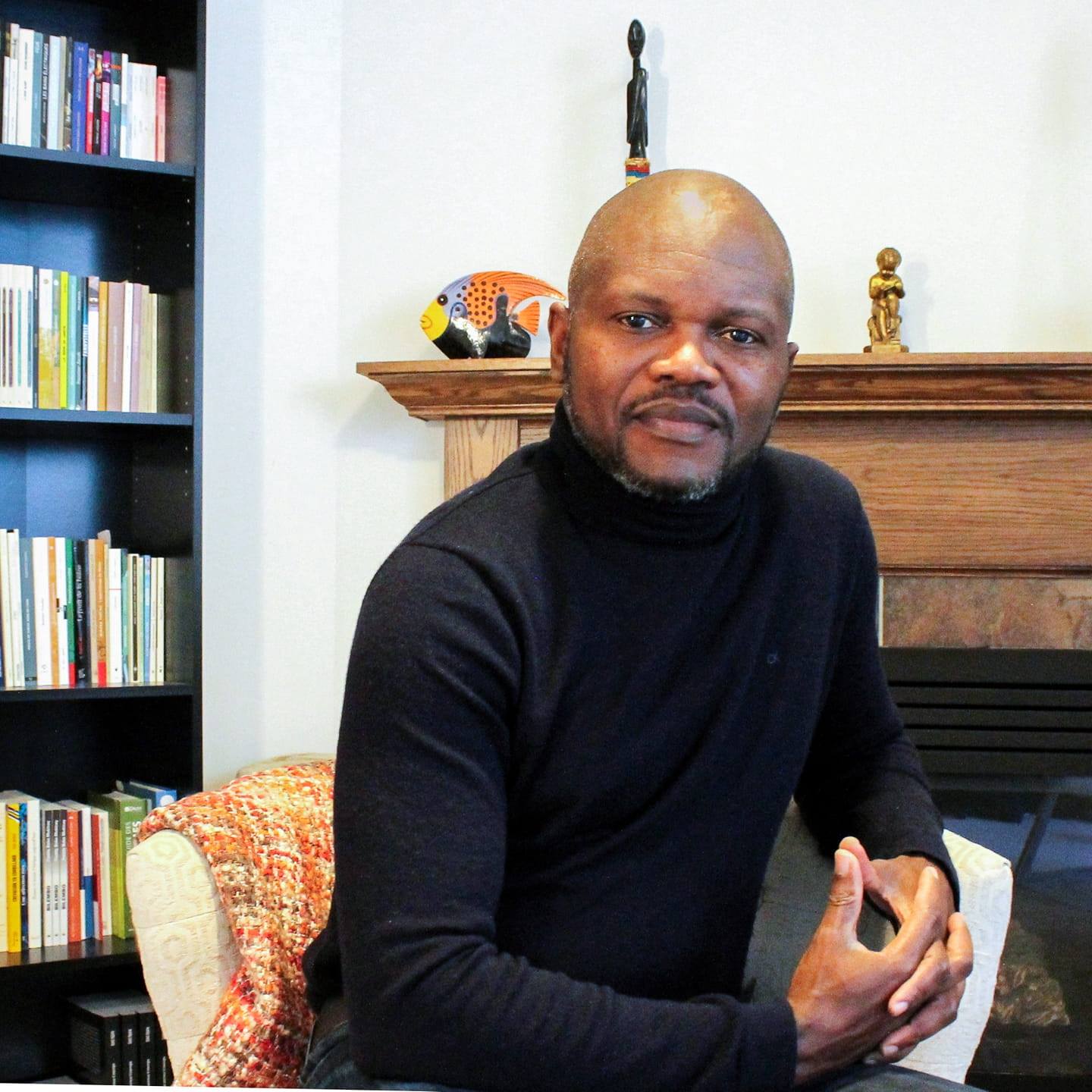Ask any book lover to recount the roots of their passion and you’ll often hear a story of one specific book, encountered at an impressionable time – usually an old one, beautiful as an object unto itself, that provided the reader with the goosebump-rising sense of holding a connection to the knowledge of the ages.
David McKnight understands. “It’s a wonderful experience to be able to hold something in your hand and think ‘Isaac Newton and William Morris held this,'” says the Curator of the Rare Books Collection and Director of the Digital Collections Program at McGill. The 53-year-old, a Beatles fanatic and native of London, Ontario, clearly appreciates the responsibility he holds, describing his position as “a privilege and an honour.”
“When taken together,” says McKnight of McGill’s and similar collections in North America and Europe, “what these collections hold represent the best expression of values we deem important, and form an essential part of the western tradition.”
The mission of collections like McGill’s is to make primary historical materials – manuscripts, prints, and maps – available to researchers, especially in the humanities and sciences. “Our three main commitments are to maintaining, managing, and providing access. Three challenges are preservation, hiring, and maintaining trained staff, and cataloguing. And because rare books continue to increase in value and price, having enough resources to make judicious acquisitions is an ongoing challenge.”
Preservation, especially, is a pressing concern for anyone working with old materials, and for McKnight there has been a very fortuitous development. “An early printed book will survive 500 years or more in a properly regulated environment, and happily, through a generous gift from a donor, a year ago McGill was able to install such a system.”
McKnight modestly describes McGill’s collection as “one of Canada’s finest.” Asked for an off-the-cuff selection of highlights, he cites a manuscript of Pliny’s On Nature printed by Nicholas Janson in the late fifteenth century (“incunable, large folio format printed on vellum with illuminated illustrations,” he says, relishing the description); the alluded-to hand-annotated copy of Isaac Newton’s Optics that once belonged to the pre-Raphaelite William Morris (“Morris was responsible for the nineteenth-century revival of interest in pre-mechanized printing art”)’ and an extensive collection of material by and about the Scottish philosopher David Hume.
In more literary terms, the collection houses archives of F.R. Scott, Ralph Gustafson, and the late poet Louis Dudek. “Dudek was an inveterate and deliberate annotator,” McKnight points out, “so this material enriches our understanding not only of him but of the subjects he taught in school and of his young students and protégés like Leonard Cohen.” CanLit scholars can also burrow among complete collections from such houses as The Porcupine’s Quill and Coach House Press. All of the above, of course, represent only a fraction of the collection’s holdings.
Access is often a matter of perception, and McKnight is keen to point out that McGill’s facilities aren’t only for established adepts.
“There was the feeling, back when the collection was housed on a ground floor just off McTavish Street, that the books were not there to be touched. That has changed in our new setting. While it’s important to take all the steps to protect the material – everything from allowing pencils but not pens in the library to safeguarding against theft, which has been a problem, particularly with maps – at the same time, we are open for business, and not only to established scholars. Undergraduates, booksellers and the general public are coming in more and more as well. So, a message to all Montrealers: Yes, we are open to you.”
More and more, of course, with widespread digitization, it isn’t necessary to be in the actual library. This has great practical advantages, but is not an unmixed blessing, says McKnight.
“Digitization enhances access to material. For example, if you’re a Joyce scholar working on a dissertation or monograph but can’t get a travel grant to go to Texas where the main Joyce archive is, you can now go to the website. You now have access to primary materials around the world. Digitization also provides a much better facsimile than microfilm. But there is nothing that will ever replace paper, where human scribblings and symbols are represented. And never discount the intrinsic value of the book. In recent years there’s been a great growth in the discipline of the history of the book as object, and we’ve got a growing collection to represent that.”
While dire predictions of the death of paper don’t appear to be playing out, many bibliophiles still can’t suppress a slight shudder at the thought of digitization. McKnight says not to worry, though.
“At any time in history there are revolutions in information technology. We just happen to be in a very accelerated time. But if you go back to Guttenberg’s time, I imagine many traditional artisans were worrying about pink slips. We’re at a similar cusp right now with the advent of the Internet. Some have expressed concern over things like the recent deal struck between Google and five major libraries to convert five to seven million texts in the next few years. What happens to those books? Well, I can’t imagine a place like the Bodleian in England throwing theirs out. I believe that the physical object of the book will survive and remain a part of the culture. We will always have depositories.”
It’s important in the rush toward innovation to accept that some inventions can’t be improved upon. The book, I suggest, is one such example of perfection.
“Yes,” says McKnight, “and we’ve got the ancient Romans to thank for that. The digital form can glean the intellectual content but can never replace the entire package. For all the mooted technology, and the attempts to market electronic equivalents, there’s yet to be a device that will replace the book in and of itself, that comfortable object we hold in our hand whether we’re in the bathtub, on the beach, under a tree, or in a library.” mRb






0 Comments